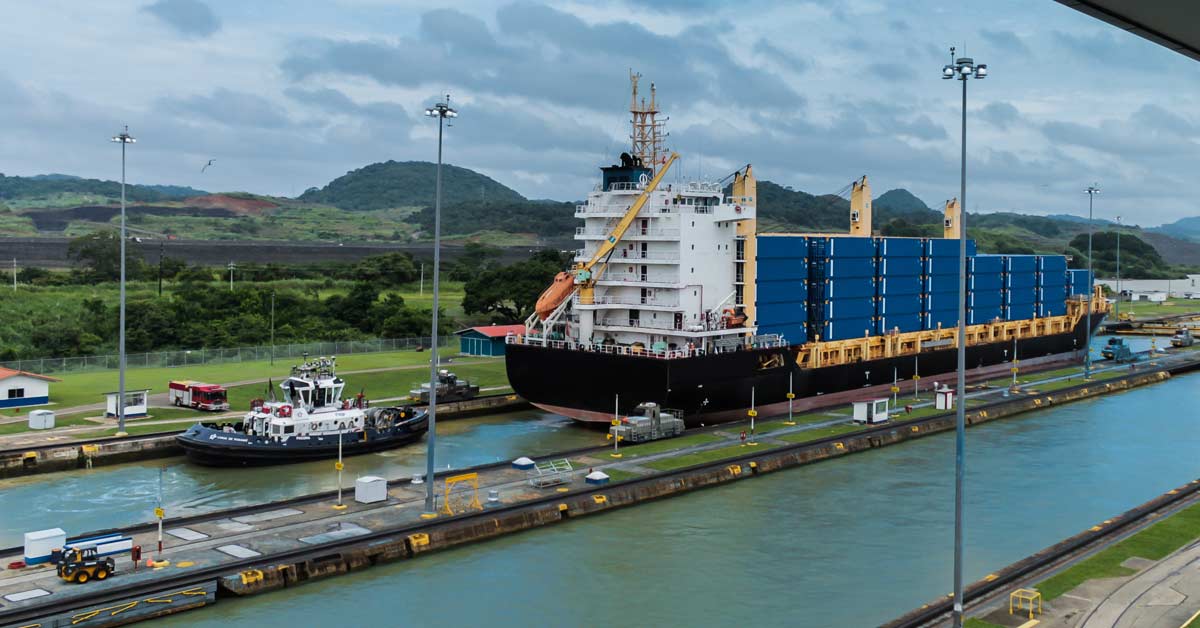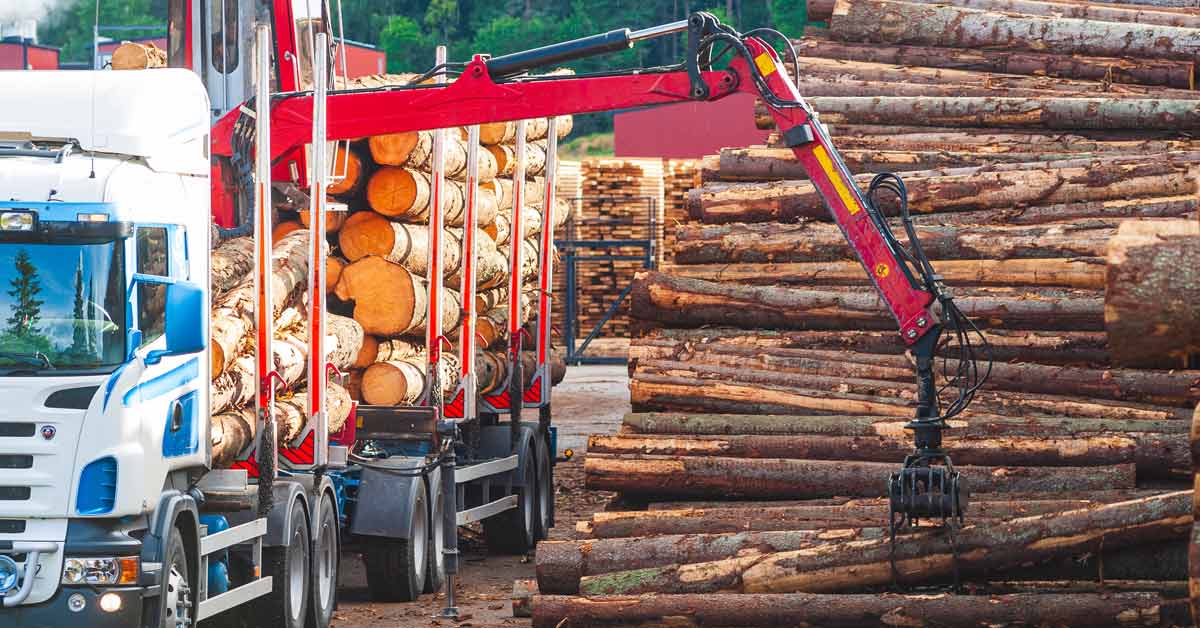2 min read
Panama Canal Opens Net-Zero Transit Slot in Big Move for Renewables
ResourceWise
:
Sep 25, 2025 10:17:38 AM

The Panama Canal has long been one of the most critical arteries of global trade, offering vessels a vital shortcut between the Pacific and Atlantic Oceans. By avoiding the lengthy and fuel-intensive voyage around Cape Horn, the canal saves critical shipping time and cost. Moving toward a net-zero future, it will also play a significant role in shaping the trajectory of maritime decarbonization.
The Panama Canal Authority (ACP) is now taking that influence further by launching a Net-Zero Vessel Slot program—an unprecedented incentive for ships powered by renewable and low-carbon fuels. Starting this November, one priority slot per week will be reserved exclusively for vessels meeting strict emissions and engine criteria.
How the Net-Zero Slot Works
In early October, ship operators with qualifying vessels can begin competing for special passage slots during the first week of November. After this initial allocation, the ACP will continue awarding one slot per week to net-zero vessels.
Here’s how vessels can qualify:
- Dual-Fuel Engines: Vessels must be equipped with engines capable of running on low-carbon fuels. The most common example is dual-fuel methanol engines, although dual-fuel LNG engines paired with green ammonia or other renewable solutions may also fit.
- Carbon Intensity Threshold: The fuel must demonstrate a well-to-wake carbon intensity below 75g CO₂/MJ. By comparison, conventional marine gasoil emits around 91 g CO₂/MJ. This benchmark effectively excludes fossil-only LNG vessels but opens the door for biofuels, methanol, ammonia, and other renewable bunkers that outperform traditional fuels.
Beyond the technical requirements, the allocation process also considers vessel cargo condition and carrying capacity under the Panama Canal Universal Measurement System (PCUMS). This ensures that priority is given to loaded, higher-capacity vessels that maximize canal efficiency.
What Vessel Owners Gain
Winning a net-zero slot brings tangible commercial advantages. These include:
- The ability to select a specific transit date within a given week.
- A guaranteed crossing time of 24 hours or less.
- Access to the ACP’s just-in-time arrival system, allowing vessels to minimize anchoring delays and fuel burn.
In essence, decarbonizing ships gain VIP treatment through one of the most congested and strategically vital waterways on Earth.
Why This Matters for Bio-Bunkering and Renewables
This initiative isn’t just symbolic. The initiative now sets a global precedent.
By directly tying canal access to emissions performance, the ACP is reshaping competitive dynamics in shipping. And creating real-world incentives for cleaner fuel adoption could accelerate the process for many shipping organizations.
For bio-bunkering and renewable fuels, the implications are profound:
- Commercial Validation: Renewable methanol, ammonia, and advanced biofuels now carry not only environmental benefits but also operational advantages through priority access.
- Market Signal: With thousands of vessels transiting the canal annually, the ACP’s decision sends a strong signal to shipowners, fuel suppliers, and financiers that low-carbon propulsion is no longer optional. It is becoming essential for competitiveness.
- Catalyst for Transition: This policy could hasten fleet retrofits and newbuild orders for dual-fuel ships. This would expand demand for renewable bunkering infrastructure worldwide.
As the Ammonia Energy Association put it, this is a “world-first incentive mechanism” that moves beyond emissions targets into tangible operational rewards. And as the ACP itself notes, it’s part of a broader strategy to make the canal a sustainability leader, not just a logistical one.
A Blueprint for the Future
The Panama Canal’s Net-Zero Vessel Slot is more than a clever congestion-management tool. It’s a strategic lever for global decarbonization, and one that connects renewable fuel adoption with real economic and logistical value.
If successful, this model could be replicated at other key chokepoints such as the Suez Canal and Singapore’s bunkering hub. The changes would create a network of climate-aligned incentives that move shipping’s transition away from fossil fuels even more rapidly.
For now, the message is clear: the future of global shipping belongs to vessels running on renewable and low-carbon fuels. And the Panama Canal is helping to chart that course.





